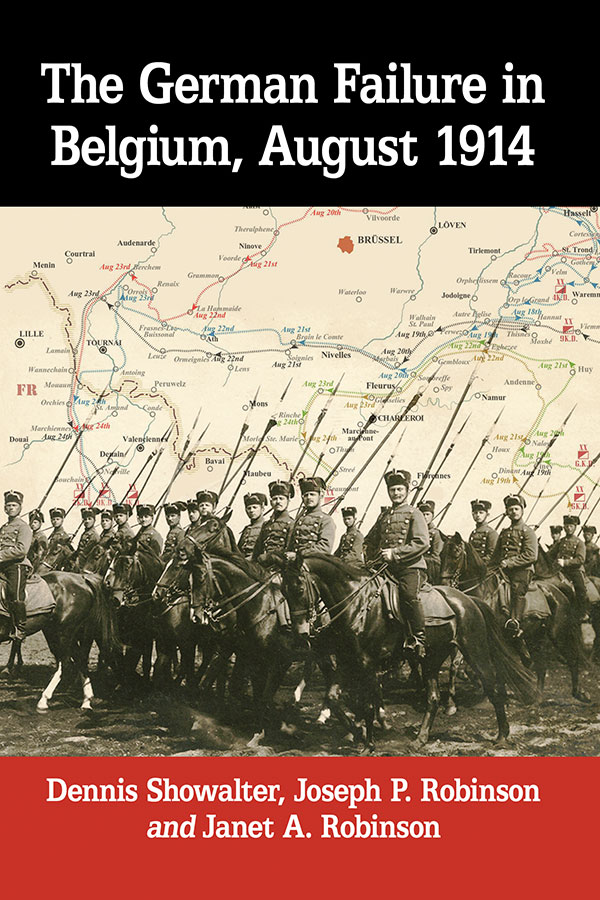The German Failure in Belgium, August 1914
How Faulty Reconnaissance Exposed the Weakness of the Schlieffen Plan
$39.95
In stock
About the Book
If wars were wagered on like pro sports or horse races, the Germany military in August 1914 would have been a clear front-runner, with a century-long record of impressive victories and a general staff the envy of its rivals. Germany’s overall failure in the first year of World War I was surprising and remains a frequent subject of analysis, mostly focused on deficiencies in strategy and policy.
But there were institutional weaknesses as well. This book examines the structural failures that frustrated the Germans in the war’s crucial initial campaign, the invasion of Belgium. Too much routine in planning, command and execution led to groupthink, inflexibility and to an overconfident belief that nothing could go too terribly wrong. As a result, decisive operation became dicey, with consequences that Germany’s military could not overcome in four long years.
About the Author(s)
Bibliographic Details
Dennis Showalter, Joseph P. Robinson and Janet A. Robinson
Format: softcover (6 x 9)
Pages: 225
Bibliographic Info: 23 photos, 12 maps, appendix, glossary, notes, bibliography, index
Copyright Date: 2019
pISBN: 978-1-4766-7462-9
eISBN: 978-1-4766-3437-1
Imprint: McFarland
Table of Contents
Acknowledgments vi
Preface 1
Introduction 5
1. Concept 7
2. Structural Issues 16
Cavalry Heritage 16
Jaeger 17
Reconnaissance 17
Heereskavallerie vs. Divisionskavallerie 21
Integration of Aviation 32
Communications Failures 37
3. Operational Issues 41
Enemy Situation 41
Ultimate German Objective 46
Single Point of Failure: Staff Plans 55
“Technical Problems” 59
Number of Cavalry Divisions 71
4. Preparation for War 74
July 29 74
July 30 75
July 31 75
August 1 76
August 2 77
August 3 83
5. Handstreich 88
August 4 88
August 5 98
August 6 112
August 7 120
6. Reducing Liège 126
August 8 126
August 9 132
August 10 134
August 11 136
7. Prior to the Final Advance 141
August 12 141
August 13 146
August 14 150
August 15 150
8. Advance 153
August 16 153
August 17 154
August 18 158
August 19 164
9. Bad Deployment Strikes Back 166
August 20 166
August 21 170
August 22 175
August 23 181
Conclusion 185
Appendix: Peacetime Organization of the GGS as of May 1, 1914 191
Glossary of Terms and Abbreviations 193
Chapter Notes 195
Bibliography 204
Index 209
Book Reviews & Awards
• Winner, Arthur Goodzeit Book Award—The New York Military Affairs Symposium
• “Insightful and engaging…an in-depth analysis…excellent…an outstanding addition to any library”—The Military Reviewer
• “[Does] not disappoint…an absorbing and intriguing timeline and assessment”— The Long, Long Trail
• “Excellent…. The authors are to be commended on a fine piece of scholarship that cast considerable new light on a somewhat neglected aspect of the opening phase of the Great War…highly recommended”—Stand To!





